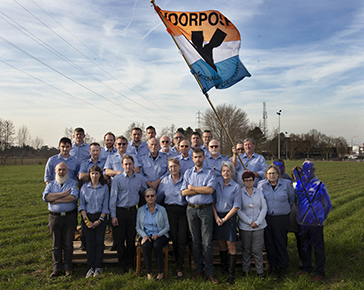
Gutmensch / Slechtmensch, 2015-2020
Série| For 5 years, Gert Jochems travelled across Western Europe, reporting on the rise of extreme right-wing parties and ideas, the resurgence of nationalism and identitarian withdrawal.
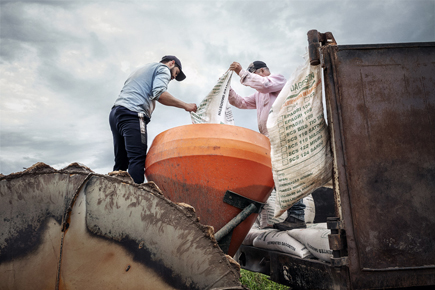
Movimento dos Trabalhadores Rurais Sem Terra, 2020
Série| Report in a unit of the MST, Rio Grande do Sul.
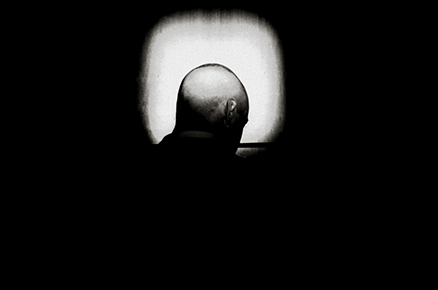 https://agencevu.com/wp-content/uploads/2021/04/Open-JFCStudio-09.jpg
290
438
Editorial
/wp-content/uploads/2021/05/logo-vert-2.svg
Editorial2020-04-21 11:08:502021-05-05 14:04:42Hidden Faces
https://agencevu.com/wp-content/uploads/2021/04/Open-JFCStudio-09.jpg
290
438
Editorial
/wp-content/uploads/2021/05/logo-vert-2.svg
Editorial2020-04-21 11:08:502021-05-05 14:04:42Hidden Faces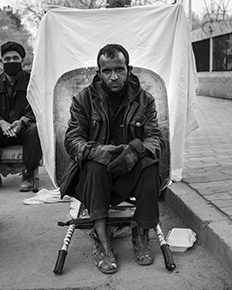
Covid 19: Workers in Kabul's Streets, 2020
Series | Amid the impending threat of the spread of the coronavirus pandemic in Afghanistan, on March 28, a 'measured lockdown' was imposed on the capital, Kabul...

Distant Horizon, 2020
Series | A series of photographs taken in the vast territory of Argentina during almost 15 years, bearing witness to the reality of a country trapped in its own history.

Ultimo Sur, 2020
Serie| Ultimo Sur is a hybrid work that combines in a single object the family album made by the Rodrigo Gomez Rovira's grandfather, found during a trip, and his own photographs of this vast region

Dark Circus, 2020
Serie | Dark Circus is a collection of self-portraits produced in London during the Covid-19 lockdown.
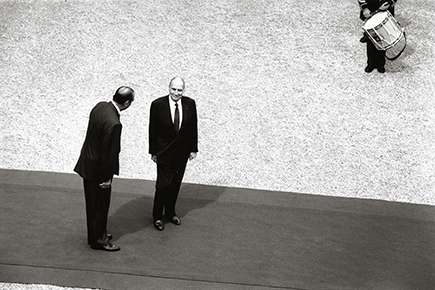 https://agencevu.com/wp-content/uploads/2021/04/Open-JFCStudio-10.jpg
290
435
Editorial
/wp-content/uploads/2021/05/logo-vert-2.svg
Editorial2020-03-21 12:06:122021-05-05 14:06:46Comedia Dell’Arte
https://agencevu.com/wp-content/uploads/2021/04/Open-JFCStudio-10.jpg
290
435
Editorial
/wp-content/uploads/2021/05/logo-vert-2.svg
Editorial2020-03-21 12:06:122021-05-05 14:06:46Comedia Dell’Arte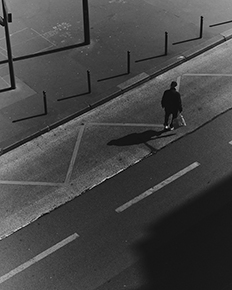
120mm, 2020
Series | For several weeks, when he wasn't working as a reporter, or photographing with a medium format camera the streets of Paris emptied of its inhabitants, Cyril Zannettacci constrained himself to confinement by reducing his gaze to the aim of a 120mm lens.

Empty Paris, 2020
Series | It took several additional days after the speech of the French President, Emmanuel Macron, but the containment measures necessary to fight the Covid-19 outbreak were finally imposed in France and in Paris.


